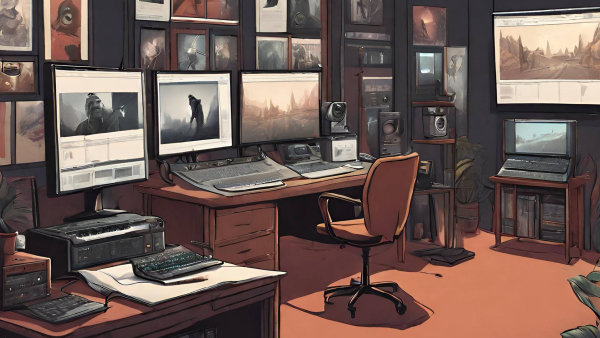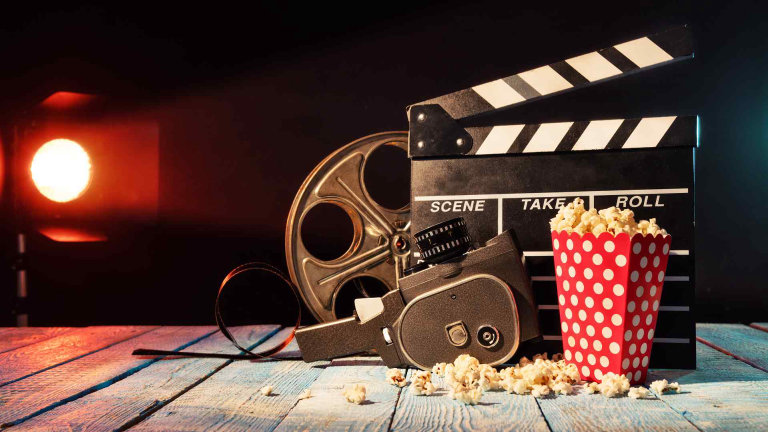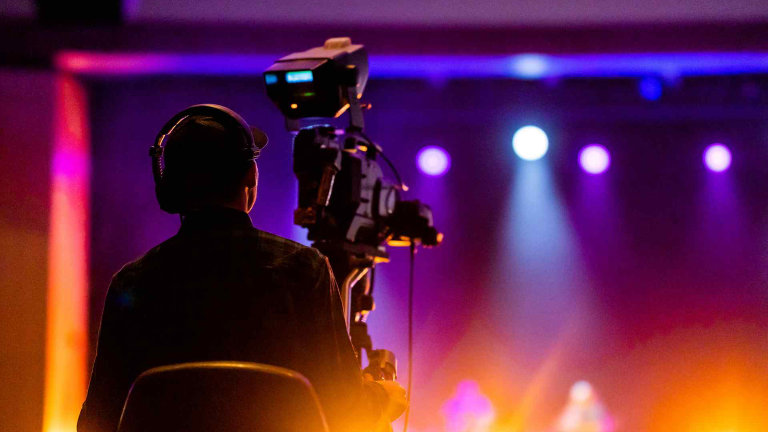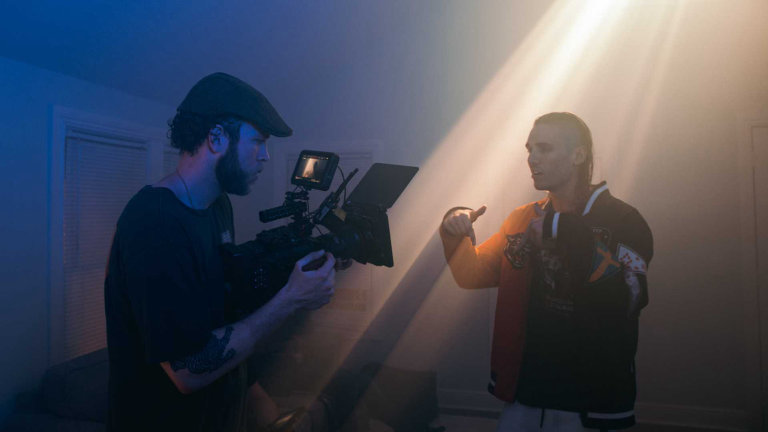
Imagine you stumble upon a jumble of filmed scenes, scattered and seemingly meaningless. How does this transform into the captivating narrative unfolding on your screen? Enter the film editor, the unseen architect who sculpts raw footage into a cohesive cinematic experience. Film editing is an art form in itself, demanding both technical mastery and a keen understanding of storytelling. Let’s embark on a journey to unveil the secrets behind this crucial aspect of filmmaking.
From Script to Screen: Shaping the Narrative Flow.
Imagine a film editor as a sculptor, moulding a shapeless block of clay (the raw footage) into a masterpiece. Their primary task is to select, arrange, and manipulate individual shots to form a coherent narrative flow. This intricate process involves:
Assembling the Story: Sequencing shots to establish continuity, pacing, and rhythm, guiding the audience through the emotional highs and lows of the story. Each cut becomes a brushstroke, shaping the narrative arc and directing the viewer’s attention.
Creating Emotional Impact: Choosing the right takes and manipulating their length and juxtaposition is akin to playing with light and shadow. They evoke specific emotions – suspense, laughter, or heartbreak – drawing the audience deeper into the film’s world.
Building Suspense: The editor becomes a master of tension, utilizing jump cuts, close-ups, and montage sequences to keep the audience on the edge of their seats. Each frame becomes a carefully selected note in the symphony of suspense.
Crafting the Visual Language :
Deciding on shot transitions, camera angles, and visual effects goes beyond mere technical choices. It’s about creating a distinct visual style that enhances the story’s message and immerses the audience in the film’s unique universe.
Beyond Technical Expertise : The Editor’s Intuition
While technical knowledge is an essential tool, great film editing transcends mere software mastery. It demands:
Storytelling Instincts: Recognizing the emotional core of the narrative and translating it visually through editing choices. The editor becomes an interpreter, unearthing the hidden emotions within the script and bringing them to life on screen.
Collaboration:
Filmmaking is a collaborative effort, and the editor plays a crucial role in bringing the director, cinematographer, and actors’ vision to life. Communication and empathy are key as they work together to craft a cohesive cinematic experience.
Attention to Detail: From the length of each shot to the placement of every sound effect, the editor obsesses over every detail. This meticulous attention ensures a seamless and impactful viewing experience, where every frame counts.
Understanding Audience Psychology: The editor becomes a student of human emotions, anticipating how viewers will perceive and react to specific editing choices. This understanding allows them to manipulate the audience’s emotions like a skilled conductor, leading them on a journey of laughter, tears, and everything in between.
Iconic Examples: Editing that Defines Films
Throughout film history, masterful editing has elevated movies to legendary status:
The Godfather (1972): The iconic intercut montage juxtaposing Michael Corleone’s baptism with the brutal killings solidifies his transformation into a mafia boss. The rapid cuts create a sense of unease, mirroring the character’s descent into darkness.
Psycho (1960): The rapid shot transitions during the shower scene create a sense of disorientation and fear, reflecting the victim’s perspective. The audience becomes the victim, experiencing the terror first hand through the editor’s masterful manipulation of frames.
2001: A Space Odyssey (1968): The use of jump cuts and slow motion in the “Stargate” sequence conveys the awe-inspiring vastness of space and the protagonist’s existential journey. The editing transcends words, creating a visual poem that leaves audiences speechless.
The Future of Film Editing: Embracing Technological Advancements.
As technology evolves, new tools and techniques are emerging, forever changing the landscape of film editing:
Non-linear editing software: Offering greater flexibility and precision in manipulating footage, this technology expands the editor’s palette, allowing them to experiment and innovate.
Virtual reality editing: Allowing editors to immerse themselves in the scene, crafting a more visceral experience. This technology blurs the lines between reality and fiction, drawing audiences even deeper into the story.
Artificial intelligence: Assisting editors in tasks like shot selection and continuity checks, AI frees up their time and energy for more creative endeavours. However, the human touch remains paramount, ensuring that storytelling and emotional impact remain at the heart of the editing process.
Despite these advancements, the core principles of storytelling and emotional impact remain paramount. The role of the film editor, as a human interpreter and weaver of narratives, will continue to be at the heart of filmmaking magic.






